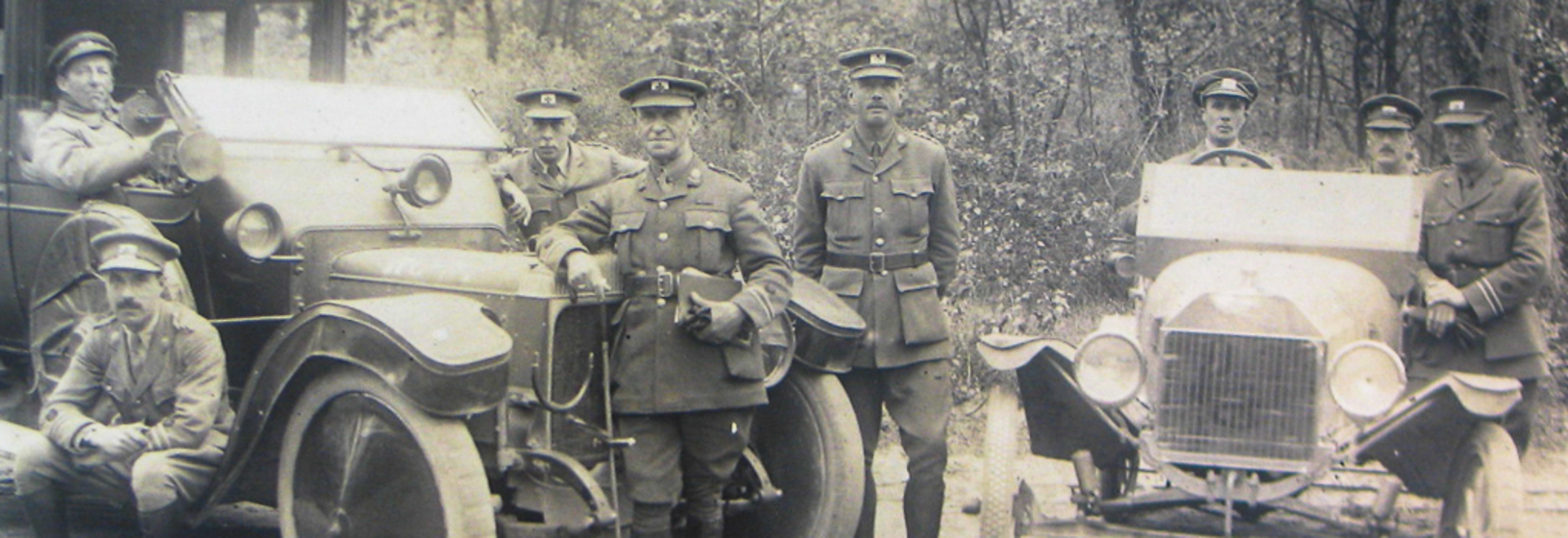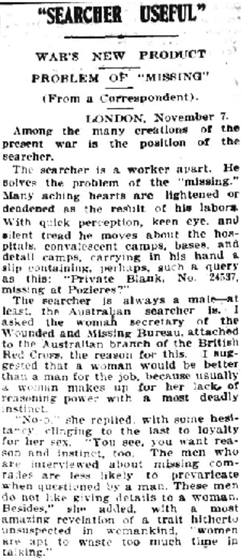In November 1915, Stanley arrived at the No. 3 Australian General Hospital in Moudros Bay, Lemnos, where he spent his days in wind and bitter cold, enquiry list in hand, interviewing wounded, sick and frostbitten men.
From Lemnos, he went to Anzac and Cape Helles where he was taken through the trenches, on foot and under fire, to within 25 yards of the Turkish guns. Days later, at the No. 2 Australian Stationary Hospital at West Mudros, men suffering terribly from exposure told him of their friends, up to their neck in mud, drowned in the trenches at Suvla.
His early experiences searching at Lemnos and on the front lines at Anzac, along with time spent in an isolation ward on Lemnos dangerously ill with paratyphoid, were felt deeply and he brought these experiences to bear on his enquiry work. He was struck by the ‘self forgetfulness’ of the wounded men he encountered, often when their pain was at its worst. ‘It seems almost heartless sometimes to add to their tortures by questions,’ he wrote in an article for the Australasian Intercollegian, ‘but their thoughts are so much of others that they prefer to have it so…They are as desirous as we are to provide evidence for the War Office and anxious relatives as to the fate of missing men…’














